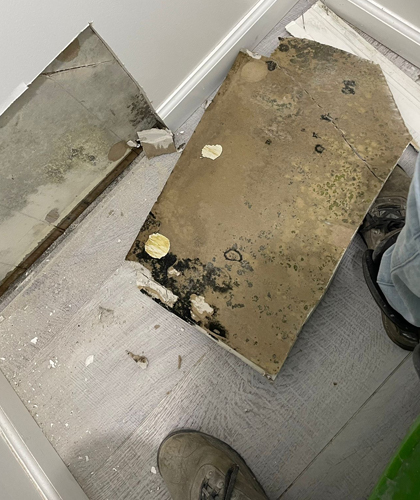How to Detect Mold: Early Signs, Risks, and What to Do Next
Misconceptions about mold can obscure early detection, leading to growth. Regularly checking around your house as part of routine maintenance can catch water damage early, preventing major mold problems. Mold often hides in subtle signs like a musty odor, peeling paint, or allergy symptoms, which are easily overlooked. By the time it's visible, it might have been damaging your home and health for weeks or months.
Ignoring these early signs is risky. Mold spreads through airborne spores, meaning that one small patch in a corner can escalate into a widespread infestation if not addressed. And since mold growth is tied to excess moisture, issues like high humidity, condensation, and water damage provide the perfect breeding ground.
The key to preventing costly repairs and health issues is early mold detection. But how do you know when a stain or a musty smell is more than just an inconvenience? That's where understanding visible mold signs comes in.
Connecting the Dots
Homeowners often assume that if they don't see mold, they don't have a problem. But mold is sneaky - it hides behind walls, under carpets, and in poorly ventilated spaces, silently growing until it becomes impossible to ignore. And even when mold is visible, many people misinterpret what it means or who to call for help.
To take the guesswork out of mold detection, we've compiled a list of common visible mold signs, what they indicate, and which professionals can help you take action before the problem escalates.
Visible Mold Signs in Homes
Visible Mold Signs in Homes
What Can It Mean
Who Can Handle It
Don't Ignore the Signs - Take Action Now
Mold isn't just a cosmetic issue - it's a warning sign that something in your home isn't right. Whether it's poor ventilation, a hidden leak, or high humidity, addressing the root cause is just as important as removing the mold itself.
If you notice any of the signs listed above, don't wait. The longer you ignore mold, the more damage it can cause - to your home's structure, indoor air quality, and even your health.
Mold KO provides prompt mold removal and moisture control solutions to ensure your home stays safe, clean, and mold-free. Act fast - because mold won't wait for you to notice.
